The choice of flour determines the success of the recipe for bread, Easter bread, cakes and even pancakes for Sunday breakfast. To be sure of the quality and origin of the bread, we need to know the flour, especially if we are going to make it ourselves in the breach machine at home.
For wholemeal flour, nutritionists say that the properties of bread made from it are very good for the body and it can be easily eaten by people on a strict diet. This is due to the richness of amino acids, fiber, vitamins and minerals in wholemeal bread.
What is wholemeal flour, why is it so healthy? What types are there and how to include it in your diet?
The essence of wholemeal flour
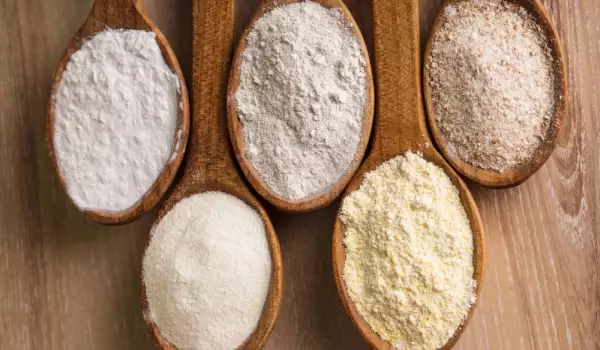
Wholemeal flour is a product obtained by grinding whole grains - the germ, the core and the shell.
The shell of the grains usually contains a wealth of minerals. There are iron, copper, zinc, manganese, magnesium, B vitamins and proteins. Ballast substances - mainly fiber, are abundant.
From grinding the whole grain whole grain product is obtained, which has preserved all the useful and valuable ingredients of the whole grain. When white flour is grinded, part of the seed is removed, as well as a large part of the valuable ingredients in it - minerals and vitamins.
The production of wholemeal flour is not a priority of large productions, because the shelf life of this type of flour is very short. Usually small bakeries are engaged in making wholemeal flour. It is best for them to use a stone mill.
How is the degree of wholemeal flour determined?
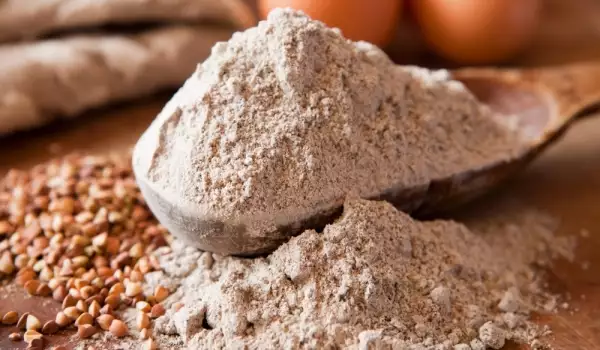
This depends on the ash content of the flour. The higher it is, the more wholemeal the flour. When the grain is grinded and not sifted in any way, flour is obtained, which is known as Graham. Less wholemeal is the type of flour and white does not belong to this type.
White flour and wholemeal flour are most commonly found on the market. However, the choice of grain is not determined only by wheat. The options are:
- rye flour;
- oatmeal;
- barley flour;
- rice flour;
- soy flour;
- quinoa flour and others.
If no preservatives or stabilizers are added, the grain is the healthiest product possible.
Types of wholemeal flour
Wholemeal flour is divided into 2 types, as determined by the percentage of fruit and grain germ.
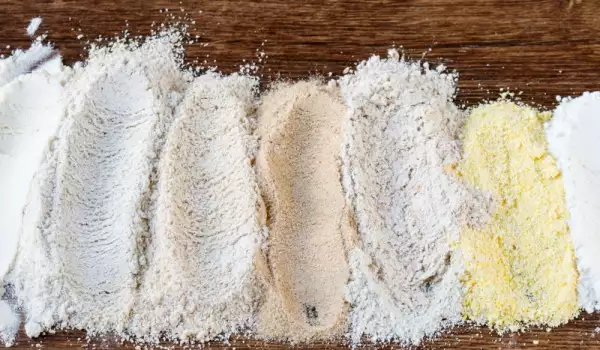
- Fine wholemeal flour - contains 96% of the original grain. In the production process, the shell and the embryo of the grain are partially sifted to align the fractions in size. This is a finer flour;
- Medium and coarse wholemeal flour - contains 100% of the original raw material. It is not sieved and there is unevenness in the particles.
Flour, known as fine wholemeal wheat, has the best baking properties, because it is homogeneous and therefore the most sought after. However, the medium wholemeal flour has greater benefits, but with different benefits in baking and this must be taken into account in the production of wholemeal bread.
Chemical and nutritional composition of wholemeal flour
Whole grains have a richer chemical composition, so they are more valued in terms of benefits. Their composition is very rich. The composition of trace elements is a whole series. These are potassium, calcium, magnesium, phosphorus, iron, sodium, iodine, zinc, copper, as well as vitamins - P, E, A, B, beta - carotene.

Whole wheat flour has a high caloric content. 100 grams contain 312 kilocalories. The following can be noted from the content:
- Proteins - 14%;
- Fat - 6%;
- Carbohydrates - 78%;
In the composition, fiber, pectin, which improves the metabolism, are interesting. This flour is not harmful to health, although it is high in calories.
Benefits of eating whole grain foods
The benefits of this flour for the body are determined by the way the grain is digested, preserving the whole complex of biologically active substances. Regular consumption of products made from wholemeal flour fills the body's need for vitamins, minerals and relieves a number of diseases of the intestinal tract.
The health benefits can be divided into the following areas:
- Fiber - they help eliminate accumulations of heavy metals in the body, support intestinal patency;
- Lowering blood sugar - control of blood sugar is very important, especially for problems and diseases. Therefore, diabetics can consume such flour;
- The microelements that are in the shell of the grain and are preserved have a positive effect on the heart;
- Have a beneficial effect on the nervous system, vision and memory;
- Prevent cancer;
- Consumption of this flour supports the production of endorphins, so it is a healthy product for people with nervous diseases.
The role of wholemeal flour in weight loss diets
Overweight people can rely on wholemeal foods to fight weight loss. Low glycemic index, the properties of fiber to slow down the absorption of glucose and normalize blood sugar levels, are a valuable helper in diets for weight loss. Fiber gives a feeling of satiety and is not absorbed by the body. The function of the intestinal tract is normalized, which is important when dieting.
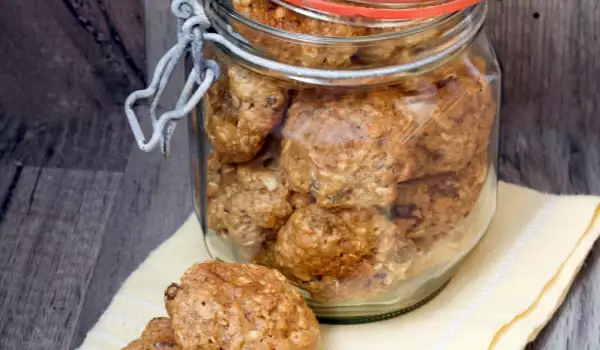
The concentration of vitamins and minerals is essential when the body loses weight and this way it also loses valuable nutrients, which have something to replace. Therefore, such a product is best to be present in any diet.
How to make wholemeal flour yourself
To make such flour, the following raw materials are needed:
- Whole grain of wheat or other cereals;
- It is necessary to prepare the grains by cleaning, rinsing and drying them;
- A coffee grinder or an electric blender can be used as a grinder, where the grain can be grinded, followed by sieving the coarse fractions and grinding again;
- To dry the flour, it should be spread in a layer of 1.5 cm on paper and left for 24 hours in a dry place, by stirring it occasionally. It is known to be ready when it does not stick to the fingers;
Store it in a canvas or paper bag for a short time.
Subtleties when baking wholemeal products
- The dough from this flour does not rise much and flattens easily due to the many fibers;
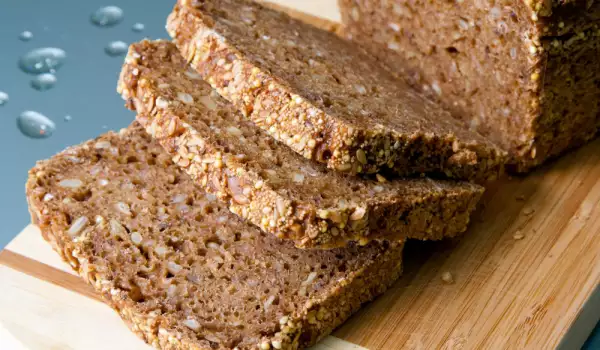
- The flour must be well dried and sifted before use to allow oxygen to enter it;
- Requires more fluid when used as a substitute;
- The kneaded dough cannot be immediately placed in the oven, it must absorb moisture well to make the pastry more fluffy and airy;
- To improve the structure of the product, it is recommended to add a little first-class flour.
Contraindications for the consumption of wholemeal foods
This flour is healthy, but can cause some unpleasant symptoms for people with digestive problems. Therefore, it should not be consumed by people with intestinal adhesions, gastritis and ulcers, as well as acute gastrointestinal infections.
As intestinal bacteria can penetrate the flour, people with weakened immune systems should also refrain from consuming such flour.
Recipes with wholemeal flour
Apart from bread production, wholemeal flour is used for all types of pastries:
- pancakes;
- baguettes;
- donuts and many others.
In England and Ireland, it is believed that grinding grains between millstones gives the flour a special protective energy, so that wholemeal cookies can also have a magical effect as food for those who believe in such things.
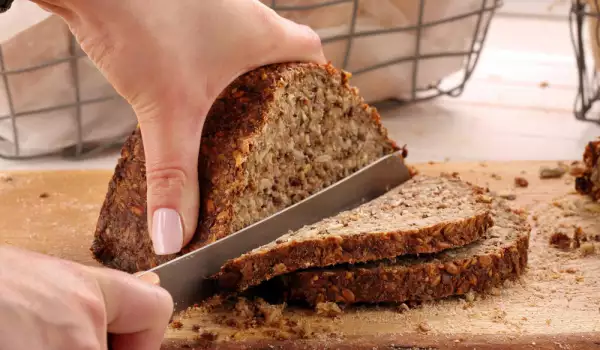
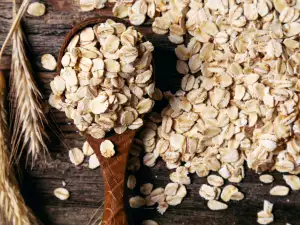
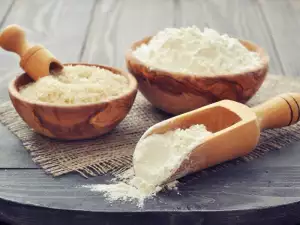


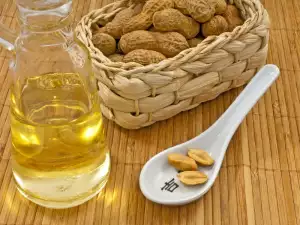
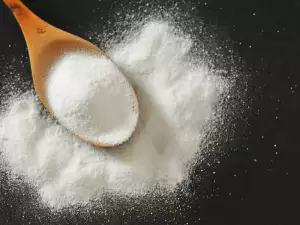
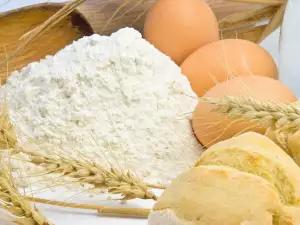
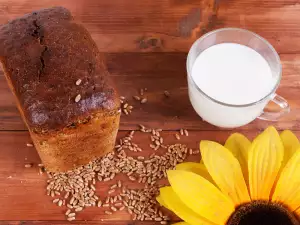


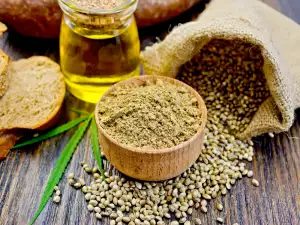
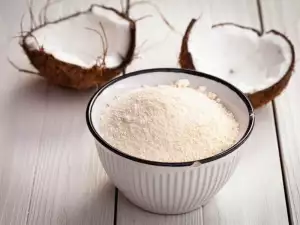
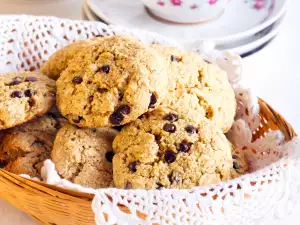
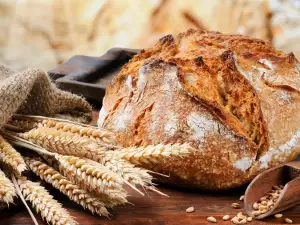




Comments